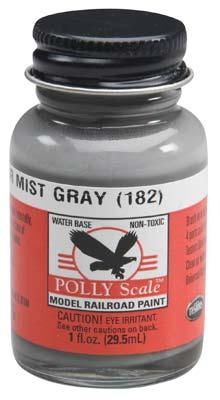by deandremouse
Hi
I was wondering When applying detail parts,
should one paint them before applying them or afterwards?
And should one use A small aerosol can or Acrylic paint and a paint brush to paint the detail parts?
for example pollyscale paint

(I was about to finish detailing a GP15 I had)
I was wondering When applying detail parts,
should one paint them before applying them or afterwards?
And should one use A small aerosol can or Acrylic paint and a paint brush to paint the detail parts?
for example pollyscale paint

(I was about to finish detailing a GP15 I had)
-DeAndre W.
Volunteer Conductor
(MTA) Railroads
Electrical Engineering Tech
Volunteer Conductor
(MTA) Railroads
Electrical Engineering Tech